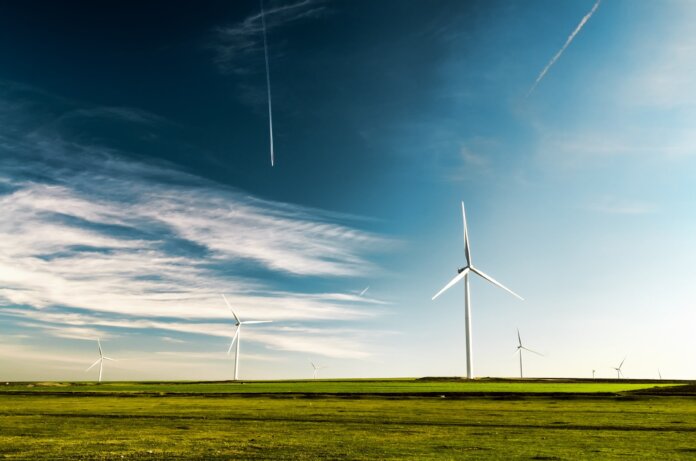In the first six months of 2022, 24% of U.S. utility-scale electricity generation came from renewable sources, based on data from the U.S. Energy Information Administration’s (EIA) Electric Power Monthly. The renewables’ share increased from 21% for the same time period last year. Renewables are the fastest-growing electricity generation source in the United States.
Renewable generation sources include conventional hydropower, wind, solar, geothermal and biomass. In the United States, most renewable electricity generation comes from hydropower, solar and wind. Generation from renewable energy sources has grown rapidly as renewable capacity, mostly solar and wind, has been added to the grid.
In 2021, a record amount of new utility-scale solar capacity was installed in the United States. From June 2021 to June 2022, 17.6 GW of new utility-scale solar capacity came online, bringing U.S. utility-scale solar capacity to 65.8 GW, according to EIA’s Preliminary Monthly Electric Generator Inventory. In June 2022, the United States had 137.6 GW of wind capacity, and 10% (14.3 GW) of that capacity was installed between June 2021 and June 2022. Based on planned additions reported to EIA by power plant owners and developers, another 7.0 GW of wind and 13.0 GW of solar capacity will come online by the end of the year.
Hydropower and wind generation, which, combined, make up the majority of U.S. renewable generation, typically peak in the first half of the year, when there are more windy days and the winter snowpack is melting. In the second half of 2022, EIA expects that renewables will make up a smaller share of generation than they did in the first half of the year (20%) as wind and hydroelectric generation decline, based on EIA’s latest Short-Term Energy Outlook.




